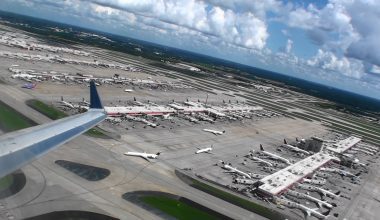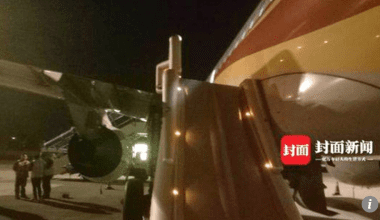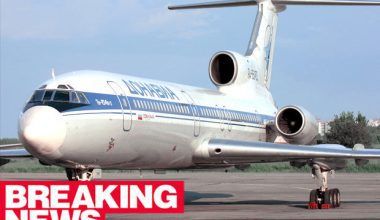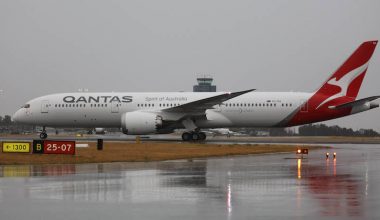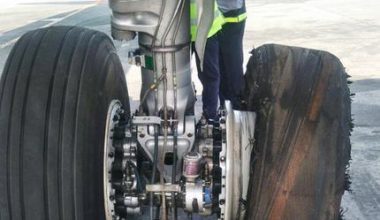Technology today is trying to leapfrog from military drones to passenger planes flying themselves but aviation industry has lots of issues to be solved before pilot-free travel is possible. UBS, a Swiss investment bank, has estimated that the airline industry could save $35 billion and also enhance lower fare for passengers if pilot-less plane comes into action. UBS also reported that some major airlines could double their profit if they implement pilot-less concept. Also, passengers could benefit from a reduction in ticket prices of about a tenth.
Airlines mostly allocate 10 pilots per aircraft and reducing their number will see airlines spending less on training, salaries and staffing costs. Moreover, the pilot-less plane could also aid to relieve the pressure of pilot shortage over the coming decades. Airbus’ latest Global Market Forecast 2017-2036 expects the passenger aircraft with seating capacity of more than 100 will double in next 20 years to 40,000 planes. The air traffic is set to grow at 4.4 percent per year. Likewise, The Boeing Company had also forecasted 558,000 new commercial pilots will be required to maintain the world’s aviation industry over the next 20 years.
UBS analyzes that the pilotless plane is likely to exist over many years and cargo planes would be the first to indulge the technology with commercial planes becoming the last.
Such type of pilotless technology is expected to appear by 2025 subject to feasibility and aviation regulations. It has been reckoned that technological advancements beyond 2030 might result in automated business jets and helicopters and finally pilot-free commercial aircraft.
Boeing at Paris Air Show 2017 had already presented some insight about its enthusiastic plan to fly commercial planes through artificial intelligence (AI) algorithms without human intervention. The US based giant aircraft manufacturer company is considering how to use the AI technique to release the pressure of shortage of sufficient pilots.
The questions have been arising on the feasibility of pilotless plane concept however; pilotless plane travel is in existence and is also in regular use but only in commercial and military drones. Likewise, majority of aircraft manufactured by giant companies like Boeing and Airbus rely heavily on computers and a robust technology which is known as “fly by wire” form of flight. Also, autopilot and auto-landing have been existing for decades. But aircraft are not believed to be flying themselves even on auto-pilot because pilots are constantly monitoring and adjusting aircraft navigation and computer systems.
The survey of 8,000 people commissioned by UBS concluded that 54% of respondents were unlikely to board a pilotless flight. Rest 17% of respondents from US, UK, France, Germany and Australia agreed to buy the ticket.
As per Civil Aviation Authority of UK, there are no any regulations for pilotless passenger planes yet. The potential problems for pilotless planes could be the lack of robust communication with air traffic control and executing emergency landings. From pilots’ perspective, there is a high concern about the safety as well as security.
The demand of pilots is rocketing so, the real challenge for the aviation industry at present is to train and produce more pilots otherwise the pilot-less concept could come into existence.

